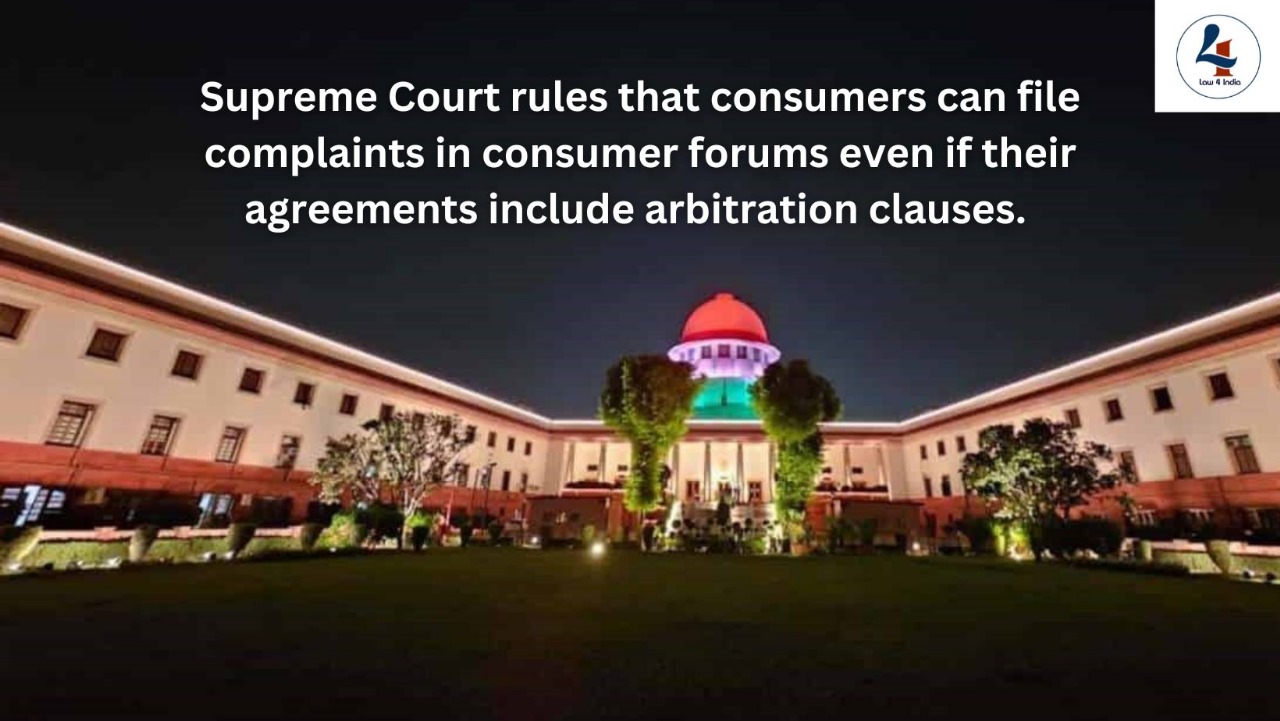-By SAI LAXMI KAMILA
“As far as justice system is concerned, there lies a phrase – the rarest of rare, which strikes the perfect balance between the retribution and the sanctity of human life. But what is the nature of such a crime that is so gruesome in its character that it deserves such a punishment? And who’s sets the boundary for justice?”
Questions like these have for decades now been asked especially when discussing the concept of capital punishment. The Indian Supreme Court having acknowledged their importance has attempted to answer these questions through the landmark judgements of “Bachan Singh v. State of Punjab” (1980) and “Machhi Singh v. State of Punjab”(1983). Not only did these cases fill the gaps in reasoning behind the “rarest of rare” doctrine but also provided a unifying guideline on the imposition of death penalty in India.
THE GENESIS OF RAREST OF RARE DOCTRINE.
The nuance of ‘rarest of rare’ crystallized in the year 1964, a case which transformed the theory of the capital punishment in India. The Supreme Court’s constitutional bench, while concurring with the constitutionality of death penalty under article 21of the constitution, sought to introduce a harsher test that would stipulate when such a punishment could be inflicted. The Court observed that the death penalty should be inflicted only when the other alternative of sentence of life imprisonment is “unquestionably foreclosed.” In other words, the crime must be so grossly in defensible, so lacking in extenuating factors that it can be placed in ‘rarest of rare’ category.
The court did suggest a few of the aspects that will not be exhaustive such as the offense of murder of certain degree, method in which the murder was committed, social motives or anti social motives which is deeply degenerative and the volume of crime. However, particularly in this case, the court pointed out a balance that has to be maintained between aggravating and mitigating circumstances and irrational or captious use of death sentence could not be permitted.
MACHHI SINGH: DOCTRINE REASSESSED IN LEGAL FRAMEWORK ‘
Machhi Singh v. State of Punjab’ is where we no longer needed “Bachan Singh’s” basis, as it operationalized the “rarest of rare” doctrine. This specific case had the cold-blooded slaughter of 17 people, women and children included, in one night. In their verdict, the Supreme Court detailed 5 broad categories which provided for the limited scope of death penalty that was introduced in ‘Bachan Singh.’ Besides, they incorporated the five broad categories which previously set the scope of death sentence :
- Manner of Commission of Murder: Where murder is executed in an extremely odious fashion, is grotesquely or extraordinarily brutal.
- Motive: Murder can be committed which is devoid of any motives indicative of
total meanness and misanthropic depravity.
- Anti-Social or Socially Abhorrent Nature of the Crime: Acts which are shocking to the social conscience are committed.
- Magnitude of the Crime: Involving multiple murders or crimes of exceptionallyhigher degrees of culpability.
- Victim-Centric Considerations: Situations where the victim is a particularly weaker
person such as a child or woman or a situation where the crime has a serious impact
on the society as a whole.
The Court in ‘Machhi Singh’ also made it clear that indiscriminate or uniform sentencing is not permissible and that individualized consideration must be taken into account. In particular, the imposition of a death sentence should not be done in an automatic fashion or as a matter of course. It is essential to examine the particular
facts of each case, in the light of both aggravating and mitigating factors.
THE LEGAL DICHOTOMY: LIFE, DEATH AND THE PURSUIT OF JUSTICE
The ‘rarest of rare’ doctrine, as propounded in ‘Bachan Singh’ and ‘Machhi Singh’, strikingly illustrates the tension that exists within the principles of retribution, deterrence, and reformation; it is a blend of all three. On the one hand, some crimes are so brutal in nature that they warrant the sentence of death. Conversely, the doctrine sets a very high restriction in order to ensure that the death sentence is not
given arbitrarily or disproportionately. The doctrine is not without its critics. There are those who argue that the subjectivity involved in the ‘rarest of rare’ test invites inconsistency and bias in the judiciary. Others maintain the view that the doctrine has completely ignored the socio-economic and psychological dimensions of criminal behavior. Irrespective of the criticism, it is still one of the most important features of the Indian jurisprudence regarding capital punishment.
CONCLUSION: A DAOCTRINE IN MOTION
The “rarest of rare” premise, was established in ‘Bachan Singh’ and ‘Machhi Singh’, is still being developed as the Supreme Court continues to tackle new issues and problems in struggles of criminal justice. The purpose of this doctrine is to provide the threshold for awarding a death sentence and bears in mind the immense burden of the courts. As the Court itself noted in ‘Bachan Singh’, “Life is sacred and the rule is
that one does not take a life, except when the death penalty is invoked.” To sum up, the “rarest of rare” doctrine is more than the legal test for a death penalty; it is an ethical guide post, which helps a courtroom to exercise its discretion in the most terrifying of cases. With every passing day, this doctrine too will need to change so that it accurately encompasses changes in the population it intends to serve.
“ Justice must not only be done but must also be perceived to have been done. And in the most extreme of cases, justice should never accept anything less than the death sentence.”




